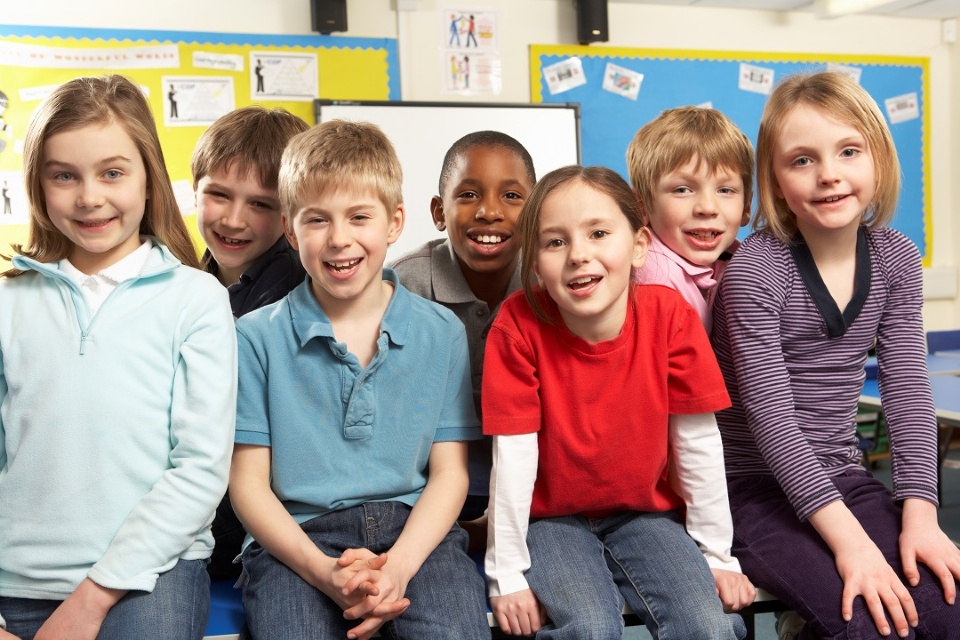What is an IEP? In the simplest of terms, it is best known as an Individualized Education Plan.
It is an adapted plan to help support a student achieve educational goals in a classroom setting. It is a customized learning program for an individual to encourage success and achieve academic levels with support from teachers and professionals.
Who needs an IEP? It may be student who has social, emotional, or developmental challenges or delays. It may be a student struggling to meet the regular developmental milestones for their age group. All students with a developmental delay, such as autism, will receive an IEP in school.
How are IEP’s different from regular goals? An Individualized Education Plan is a program executed by many professionals. The student must be eligible for an IEP before the process can begin. Teachers may bring their observations to the school administrator and other professionals to start collecting the appropriate data needed to create the program. Parents will need to be present during these meetings to have a collaborative transition from home to school with the plan.
Professionals will need to meet to review the strengths, struggles and developmental challenges for that student. The plan is created by using the educational goals and adapting or accommodating it so the student can attain the level in a regular class setting. Once a plan is created, the parents and staff must agree to put forth the educational plan to better support the student.
What does an IEP look like? It consists of adapting and accommodating the classroom lesson plan to better suit the student’s specific needs. For example, the student’s plan may be to have more time allotted for tests with the support of an aid or computer access. Long written assignments might be separated into sections due over a certain amount of time rather than one big, long essay. It may be offering a different work environment or space to encourage concentration and focus. It may be to provide basic social, hygiene and life skill experiences.
It can also involve the use of visual charts and personal checklists. It could be providing a smaller task load for writing and reading. It may include a more one-on-one approach with a Special Education Technician to accomplish simpler everyday tasks. An IEP is a very personalized plan that can vary depending on the disability and what the goal and strategy is to reach a successful outcome.
A follow-up is just as important as the IEP itself. Professionals, teachers, parents, and support staff may have meetings on a regular basis to discuss the progress and strategies implemented. Checklists and summary reports may be offered to track progress. An IEP can be modified where needed to improve overall success with the parent’s approval. Usually, an IEP is re-evaluated on a yearly basis.
An IEP is an Individualized Education Plan that will help at-risk students succeed in school and move on to the next level or attain a diploma. To learn more about eligibility for an IEP, contact your child’s teacher or school administrator.

 In The Latest Issue:
In The Latest Issue:


 BY:
BY: 

Tweet
Share